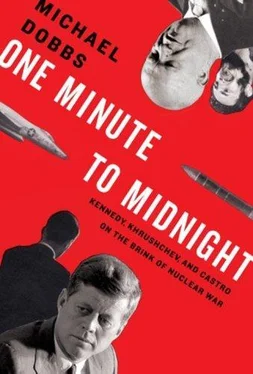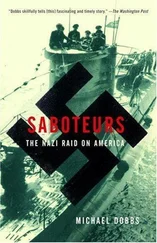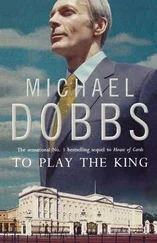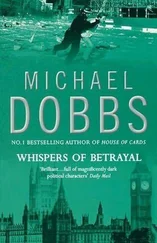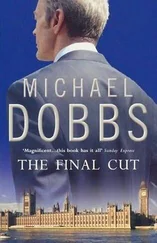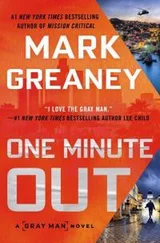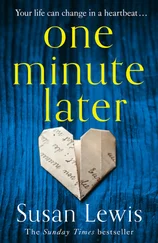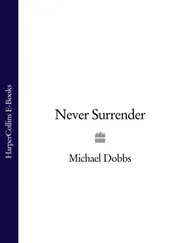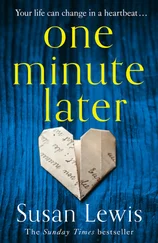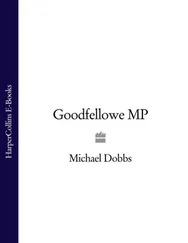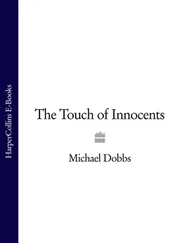The CIA suspected him: CIA memo, July 25, 1975, CREST.
an “honorary member”: CIA memorandum on Alpha 66, November 30, 1962, JFKARC.
The two Cuban exiles: Vera interview, January 2006.
“Hands off Cuba”: NYT, October 28, 1962.
To counter such skepticism: JFK was also “disturbed” by the release of the photos, and demanded an explanation. Bruce told the White House that the CIA had given approval for their release—Bruce message to Michael Forrestal, October 24, 1962, National Security Files, JFKL. A CIA representative in London, Chester Cooper, said he called Washington but “couldn’t get anybody,” and sent a wire “just saying I was going to do it unless I got a Washington veto”—Chester Cooper OH, JFKL.
“a slight oscillation”: Bruce message to Secretary of State No. 1705, October 28, 1962, JFKL and SDX.
to “get close to Jack”: Reeves, 291.
In the meantime, Macmillan quietly: Record of conversation between British service chiefs, October 27, 1962, DEFE 32/7, Public Records Office. For discussion of British military moves in crisis, see Stephen Twigge and Len Scott, “The Thor IRBMs and the Cuban Missile Crisis,” Electronic Journal of World History, September 2005, available online.
“the most dangerous spot”: Beschloss, 217; Reeves, 68.
“soldiers and weapons”: Reeves, 250.
The answer was thirty-five hours: JCS memorandum, October 6, 1962, NARA.
The CIA reported on October 23: CIA Office of National Estimates memo, October 23, 1962, JFKL.
East Germans were still fleeing: Reports from Berlin, UPI and NYT, October 27, 1962.
In the afternoon: CIA memorandum, The Crisis: USSR/Cuba, October 28, 1962, CREST.
“We will give”: See Taubman, 538-40; Fursenko and Naftali, Khrushchev’s Cold War, 457-60.
“We are just beginning”: Troyanovsky, 247.
“who took every mission”: Author’s interview with former U-2 pilot Robert Powell, June 2003.
Anderson was engaged: History of 4080th Strategic Wing, appendix on special operations, October 1962, FOIA.
Initially, Anderson’s name: SAC message CNO 262215Z to CONAD, October 26, 1962, CNO Cuba, USNHC.
Eager to rack up more: Heyser and McIlmoyle interviews.
One pilot, Captain Charles Kern: Unpublished Kern memoir; Supplement 8, Joint Evaluation of Soviet Missile Threat in Cuba, October 28, 1962, CREST.
The flight plan: SAC reported various incorrect times for Anderson’s takeoff. I have used the time in the original execution order, outlined in SAC message 262215Z, copied to U.S. air defenses, on file at USNHC. This flight plan coincides exactly with the time Anderson entered Cuban airspace, as logged by the Soviets. A map of Anderson’s flight route is contained in Supplement 8, Joint Evaluation of Soviet Missile Threat in Cuba, October 28, 1962, CREST.
It was a CIA bird: Anderson’s aircraft was the third U-2 to roll off Lockheed’s Skunk Works assembly line in Burbank, California, in 1955. It was a U-2A upgraded to a U-2F. Heyser, the pilot who first photographed the Soviet missile sites on October 14, flew in model no. 56-6675, the second U-2 ever produced. The U-2 flown by Maultsby during his overflight of the Soviet Union was 56-6715. All three planes were destroyed in crashes, a fate shared by most of the early U-2s—History of 4080th Strategic Wing, October 1962, FOIA.
“looking for fault”: McIlmoyle interview.
He carried photographs: State Department telegram 1633 from New York to Secretary of State, November 5, 1962, SDX.
He was still feeling: Author’s interview with Anderson’s daughter Robyn Lorys, September 2003; Anderson medical report, October 11, 1962.
“Aren’t I doing”: Col. John Des Portes OH interview, NSAW Cuba.
“Okay, Rudy”: Herman interview; see also WP Magazine article, October 26, 2003.
“Lost Cause”: Bruce Bailey, We See All: A History of the 55th SRW (privately published), 111. I am indebted to Rob Hoover, the unofficial historian of the 55th SRW, for putting me in touch with his fellow pilots and ravens.
“noise of silence”: Author’s interview with RB-47 pilot Don Griffin, December 2005. Griffin flew a mission to Cuba on October 27.
“fire to destroy”: SAC Historical Study No. 90, Vol. 1, 3, NSAW.
Hunched over their monitors: See McNamara and Taylor comments to ExComm, JFK3, 446, 451. Taylor mistakenly refers to the Fruit Set radar as a “fruitcake” radar. According to McNamara, the Fruit Set signals were picked up by the intel plane “at the same time” the U-2 was overhead.
The senior raven: History of the 55th SRW, October 1962, FOIA. Willson detected three “Big Cigar” radars on October 27. He reported a total of fourteen miscellaneous “missile intercepts,” i.e., radars associated with different Soviet missile systems.
“whip anybody else”: Martin Caidin, Thunderbirds (New York: Dell, 1961), 109.
gone “terribly wrong”: Maultsby memoir. All passages describing Maultsby’s personal thoughts and actions are taken from this unpublished memoir; they have been checked against other sources, including contemporaneous astronomical charts, and a State Department chart of his flight route.
seemed “highly suspect”: Ibid.
“especially important”: Letter to Adm. George Burkley, October 24, 1962, Kraus files, JFKL.
“personal effects”: Memo from Burkley, October 25, 1962, JFK medical file, JFKL.
“to live every day”: Dallek, 154.
“addicted to excitement”: Reeves, 19.
“capacity for projecting”: Dallek, 72.
“This war here”: Quoted in Stern, 39-40.
“every officer in the Army”: Reeves, 306.
“How did it all”: Sorensen, Kennedy, 513. 227 “The book says”: Reeves, 306.
“the red button”: JCS Emergency Actions File, Scott Sagan records, NSAW.
These were hardly abstract questions: See, e.g., Fred Kaplan, “JFK’s First Strike Plan,” Atlantic Monthly (October 2001).
“orgiastic, Wagnerian”: Reeves, 229-30, 696; target data from Kaplan, “JFK’s First Strike Plan.” When Power briefed McNamara on SIOP-62, he told him with a smirk, “Well, Mr. Secretary, I hope you don’t have any friends or relations in Albania, because we’re just going to have to wipe it out.”
“a substantial deterrent to me”: White House transcript, December 5, 1962, quoted by David Coleman in Bulletin of Atomic Scientists (May-June 2006). See Reeves, 175, for Civil War comparison.
“insane that two men”: Goodwin, 218.
As Anderson entered Cuban airspace: Gribkov et al., U Kraya Yadernoi Bezdni, 124.
The ground floor of the command post: Yesin et al., Strategicheskaya Operatsiya Anadyr’, 273; memoirs of former PVO officer Col. Pavel Korolev in Gribkov et al., U Kraya Yadernoi Bezdni, 246-53; author’s interview with PVO political officer Col. Grigory Danilevich, July 2004.
“Target Number 33”: Gribkov et al., U Kraya Yadernoi Bezdni, 124.
“a pile of junk”: Philip Nash, The Other Missiles of October: Eisenhower, Kennedy, and the Jupiters (Chapel Hill: University of North Carolina Press, 1997), 1-3.
Kennedy was so concerned about: October 22, 1962, memo, McNamara Papers, OSD.
“Our guest has been up”: Gribkov et al., U Kraya Yadernoi Bezdni, 199-200. The Soviet defense minister later reported that the U-2 was “shot down with the aim of not permitting the photographs to fall into U.S. hands”—Malinovsky memo, October 28, 1962, CWIHP, 11 (Winter 1998), 262. According to Derkachev, 56, Pliyev was furious when he learned about the shootdown. “You shouldn’t have done this,” he reportedly told his subordinates. “We can seriously complicate the [diplomatic] negotiations.”
Читать дальше
